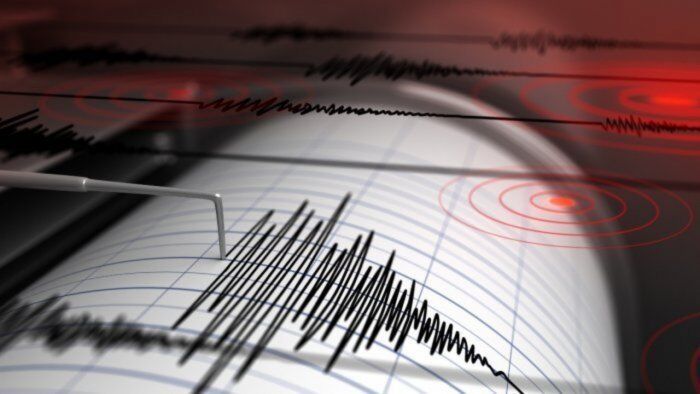
Guwahati, Mar 31: Accurate prediction of earthquakes is still not possible, and so far, only one earthquake has been predicted accurately. Of course, vulnerable areas can be detected by studying the fault lines, but detection of the precise time of an earthquake is still not possible.
According to records available, Chinese authorities predicted an earthquake in Hicheng town. The people of the town were evacuated days before the earthquake struck on February 4, 1975, and because of the prediction, thousands of lives were saved. The prediction was made by observing different issues, including the behaviour of animals.
After the incident, the Chinese claimed that they managed to solve the mystery of predicting earthquakes, but in the subsequent years, China faced several mega quakes, which caused extensive damage and loss of lives, and those could not be predicted.
Talking to The Assam Tribune, National Institute of Seismology director Dr OP Mishra said accurate prediction of earthquake is still not possible. "We can point out the vulnerable locations by studying the fault lines of the Earth. But accurate prediction (of an earthquake) is still not possible," he added.
Commenting on Friday's devastating earthquake in Myanmar, Dr Mishra said the Sagaing fault line that separates the Burma and Sunda plates is very active, and earthquakes can happen in that area any time. He said the 1,200-km fault line is one of the most active fault lines in the world, and that area is always vulnerable to mega quakes.
Dr Mishra also pointed out that earthquakes do not kill people, but weak structures do, and that is why there is a need for identifying the weak buildings and retrofitting those.
When contacted by The Assam Tribune, Prof Parag Phukan of Gauhati University's geology department said, "We know the vulnerable areas, but we cannot yet predict when, where and what. That means we cannot predict when an earthquake will strike, where and at what magnitude."
He said scientists now know what is happening in the space thousands of kilometres away, but yet, no one knows what is going on about 10 km beneath the Earth's surface. He said there are two theories about frequent earthquakes in one place. "Frequent earthquakes release the energy and prevent a mega quake. But at the same time, frequent small quakes can be followed by a mega quake," he said.
Prof. Phukan said that most advanced research about earthquakes has been carried out in Japan, and buildings there have been retrofitted to withstand earthquakes. But even Japan is yet to predict quakes accurately, he added.
Replying to a question on the construction of strong buildings to withstand earthquakes, he said, "I am not an expert on buildings. But I know for sure that the buildings in Assam are much stronger than those in North India. It is also a fact that most casualties in earthquakes happen because of weak constructions."
By
R Dutta Choudhury